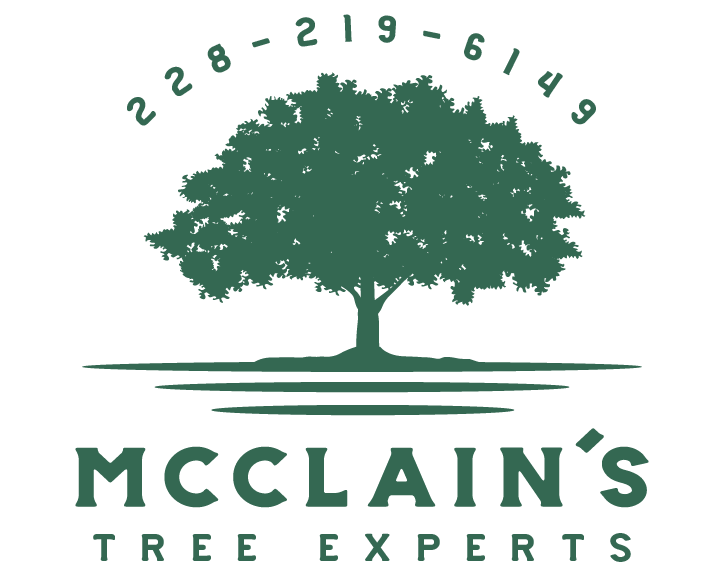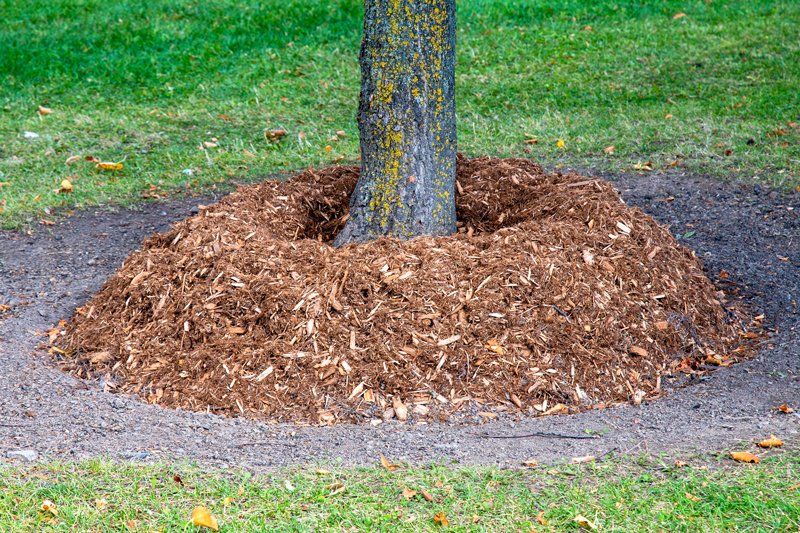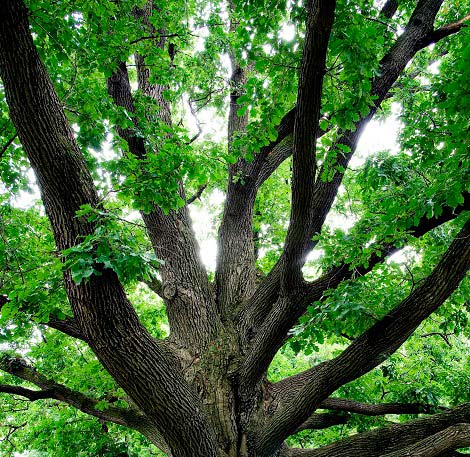Residential Tree Care Tips: Mulch Dos and Don'ts
Admin • December 13, 2017
Spreading mulch around your trees has several benefits. When applied correctly, mulch can help retain moisture, protect your trees from lawnmower damage, and protect the root system from extreme temperatures. Unfortunately, if you do not use mulch correctly, it can cause more harm than good.
Help ensure that you reap all the benefits of mulch by following these simple dos and don'ts.
Do Learn How to Choose the Ideal Mulch
Several different types of mulch are available at your local home improvement store, and you might assume that each mulch is as good as the next. In most cases, any type of mulch will provide your trees with the protection it needs. However, you should avoid certain products, especially if you have pets.
Here are a few tips to keep in mind, while you shop for mulch:
- Consider your budget. The price of mulch can differ dramatically. Keep cost in mind if your budget is modest or if you have several trees to protect. Just because a mulch is more inexpensive doesn't mean it won't provide great coverage.
- Decide between organic and inorganic. You can get organic mulch, such as wood chips and bean hulls, or inorganic mulch, such as landscape fabric or rocks. Organic mulches are great for your soil, but they will need to be replaced yearly. Conversely, inorganic mulch can last years and is an ideal choice if you have runoff or erosion issues.
- Protect your pets. If you have a curious pooch, chances are they will eventually chew on the mulch around your trees. If you have dogs, avoid cocoa bean mulch. The product contains caffeine and theobromine, which if ingested by your dog can lead to vomiting, diarrhea, seizures, and even death.
Fortunately, if you have a lot of square footage to cover and your budget is tight, or if you just like to save money, you can use several organic mulches found in your own backyard. Pine needles, grass clippings, and straw all make amazing mulches.
Do Prepare the Area Around Each Tree Before Applying the Mulch
Before spreading mulch, prepare the area around the trees to make the mulch more effective and to create a more attractive finished product. Begin by pulling as many weeds as possible. Next, remove any existing organic mulch. Avoid the temptation to dump new mulch over the existing product. Organic mulch degrades quickly and will not be as effective.
Till the soil and apply fertilizer next, if applicable. If you are choosing inorganic mulch, go ahead and use landscape fabric. However, if you've chosen an organic mulch, avoid landscape fabric. This product can prevent the nutrients found in the organic mulch from reaching the soil.
Don't Spread the Mulch Too Thickly
One of the biggest mistakes homeowners make is spreading their mulch incorrectly. Spreading the mulch in an even layer that is 3 to 4 inches deep is ideal to protect the tree's roots. If you spread it any thicker, you could prevent moisture and vital nutrients from reaching the tree, which can lead to illness and death.
Additionally, make sure that the mulch is spread a few inches away from the trunk. Do not cover the feeder roots, which are the exposed roots that are found near the trunk. These roots need to be exposed because it is their job to absorb moisture. The mulch should be spread in a 3-foot layer around the diameter of the trunk to provide maximum benefits.
When utilized correctly, mulch can be very beneficial for your trees. If you have any additional questions about mulching your tree or general tree care, contact McClain's Tree Experts.
As winter approaches, it is important that your trees are prepared for the weather. Read about services that your trees can benefit from before winter.
There are steps you can take to both protect a tree before a storm as well as to help it recover if the tree has already suffered hurricane damage.
Trees can be hazardous and lead to property damage and injury due to various factors. Explore common signs that your tree is a safety hazard.
You can better protect your trees by knowing the signs that they are dying. Read this blog to learn eight signs your tree is starting to die.
Trees require proper ongoing care and maintenance to thrive well. Check out how a certified arborist can help maintain your investment.
Deciding on a tree care service can be challenging when you have multiple options available. Consider the following factors before settling on a company.
The trees in your backyard offer numerous benefits, including shade and aesthetic benefits, but sometimes they need to be removed. Learn more.





